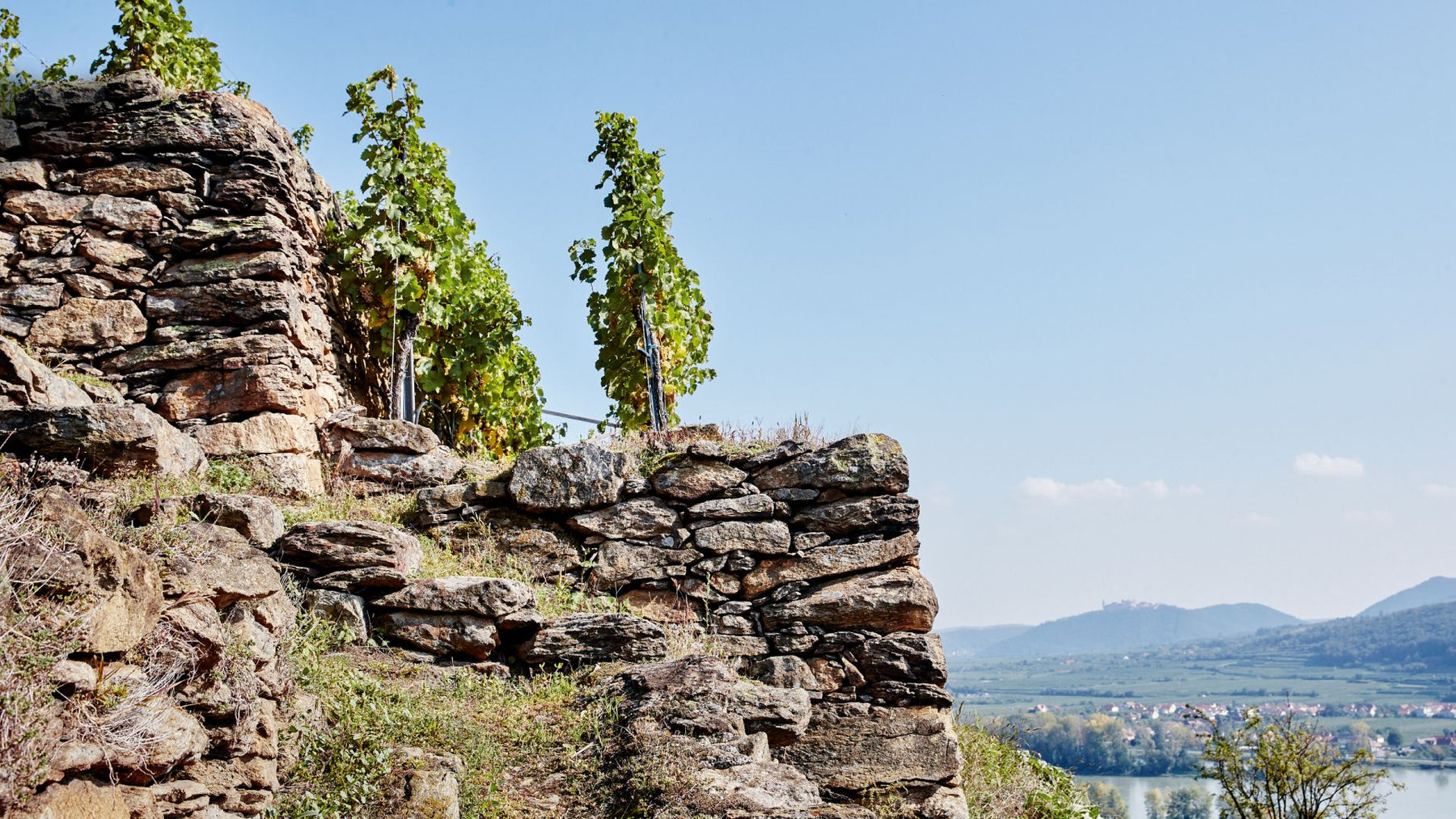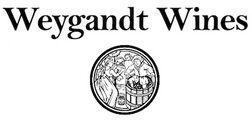
Three Producers, One grape, One vintage: Regional Variations in the Wachau
The 2018 vintage was a challenge throughout Austria, but the Wachau fared better than many other wine regions. A cool February and March was followed by the second-warmest spring on record, leading into a hot dry summer. There was significant rain in September affecting when growers harvested. By the end of October, almost all the grapes had been brought in, with only a few Wachau producers bringing in the last of their grapes at the beginning of November.
The Wachau is the coolest and highest elevation in Austria, as well as being one of the westernmost wine regions in Austria, positioned on the Danube at the point where the river heads east out of the Bohemian Massif and into the Pannonian Basin. The region runs along the Danube between Willendorf in der Wachau in the south then northeast to Durnstein. The vineyards are steep (gradients of up to 80%) and often terraced. Soils are composed of primary rock, such as gneiss, on the slopes, and a mix of loess and sandy marls in the flatter vineyards on the valley floor along the Spitzer Graben and by the river.
The region can be divided into three distinct areas based on the direction of the prevailing winds. The eastern Wachau is focused around the town of Durnstein, where the Danube runs from west to east, with warm winds coming from the east off the Pannonian Basin. In the central Wachau, where the Danube runs northeast between Wosendorf and Weissenkirchen, the Pannonian winds have less affect. The southern Wachau is around the town of Spitz, where cold winds from the Bohemian Massif come from the west through the Spitzer Graben. In between the central and southern Wachau is a ridge that runs right to the edge of the Danube and serves to block the warmer winds from the northeast, resulting in southern Wachau harvests being on average two weeks behind the rest of the region.
The 2018 vintage was the earliest on record in Austria, with the first qualitatswein in Burgenland submitted for inspection on August 2. The Wachau is farther west and at higher elevations than Burgenland, and is one of the truly great white wine regions, not just in Austria, but in the world.
We decided it would be fun to see how the 2018 vintage is doing now, and selected Rieslings from three top Wachau producers to get a sense of the region as a whole, and also to compare the differences in the wines of the eastern, central, and southern Wachau. From the southern Wachau, we sampled Franz Hirtzberger’s Riesling Federspiel Steinerterrassen; from the central Wachau, the Weinhofmeisterei Mathais Hirtzberger Riesling Federspiel Zier; and from the eastern Wachau, F.X. Pichler’s Riesling Smaragd Durnsteiner.
The best way to compare the differences within a region is to try wines made from the same grape but from different subdivisions, and preferably not from single vineyards, where more specific terroir influences the final character of the wines. F.X. Pichler, Weinhofmeisterei Mathais Hirtzberger, and Franz Hirtzberger all produce such wines, which really serve to highlight the differences of each area.
In the southern Wachau, you'll find Franz Hirtzberger's estate, based in the town of Spitz at the mouth of the Spitzer Graben. His 2018 Riesling Federspiel Steinterrassen is a selection from his terraced vineyards and picked slightly earlier. The wine is bright and crisp, with a focused edge, and flavors of apricot and white peach balanced on a lean edge of thrilling acidity.
Moving to the central Wachau, we sampled the Riesling Federspiel Zier from Mathias Hirtzberger, produced from selection of younger vine Riesling primarily from the Kollmutz, Kollmitz, and Gaisberg vineyards. While still very crisp, the wine is noticeably richer than the Steinerterrassen from Franz HIrtzberger. There is still an acidic edge and minerality, but the fruit turns to white peach with some herbacious notes on the palate.
From the eastern Wachau, F.X. Pichler’s Riesling Smaragd Durnsteiner is the richest of the three wines. A selection of Riesling from the Klostersatz, Trum, Steinertal, Loibenberg, and Kellerberg vineyards, the wine is balanced but rounder and more fruit driven than the other two wines. Clear and fresh one the palate, the fruit show as white peach, apricot-compote, and some citrus rind.
— Ed Jenks

